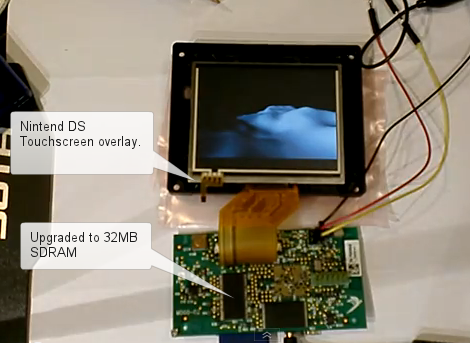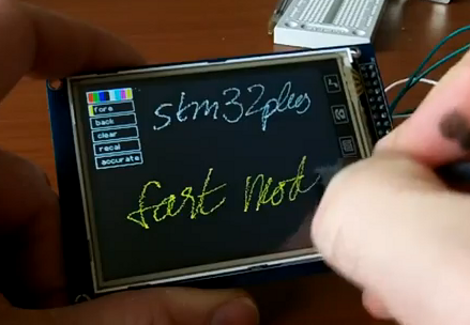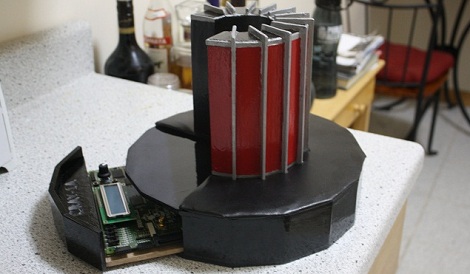
Ah, the beauty of spreading the guts of some hackable hardware across your workbench. This happens to be the circuit board and LCD screen from a Parrot DF3120 digital picture frame. The device is pretty powerful, considering you can still find them available for around $25. You’ll get a 3.5″ screen, ARM9 processor with 8MB or RAM, Bluetooth, a tilt sensor, and more. It seem that [BusError], [Sprite_tm], [Claude], and few others really went to town and spilled all of the secrets this device has to offer.
Their goal of the hack was to get their own Linux kernel running. It is possible to reprogram the processor using its JTAG interface. And if you really want to drill down to the good stuff, there’s access to all of the BGA pins on the bottom of the board thanks to a grid of micro vias. But the device can be tricked into flashing your own firmware just by altering a stock upgrade image.
You can get a pretty good idea of what there is to do once you’ve replaced the firmware from the video after the break. A RAM upgrade (using a chip from an old PC133 stick) lets the video run smoothly as it’s controlled via a Wii remote.
Continue reading “This Digital Picture Frame Runs Linux Better Than You Might Think”



















